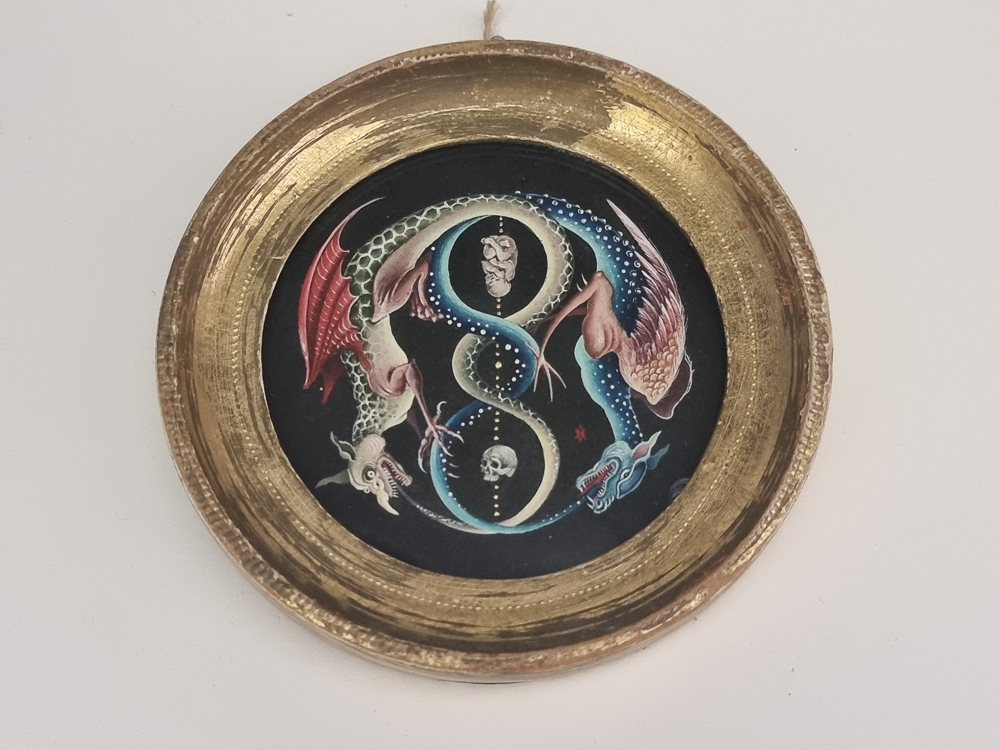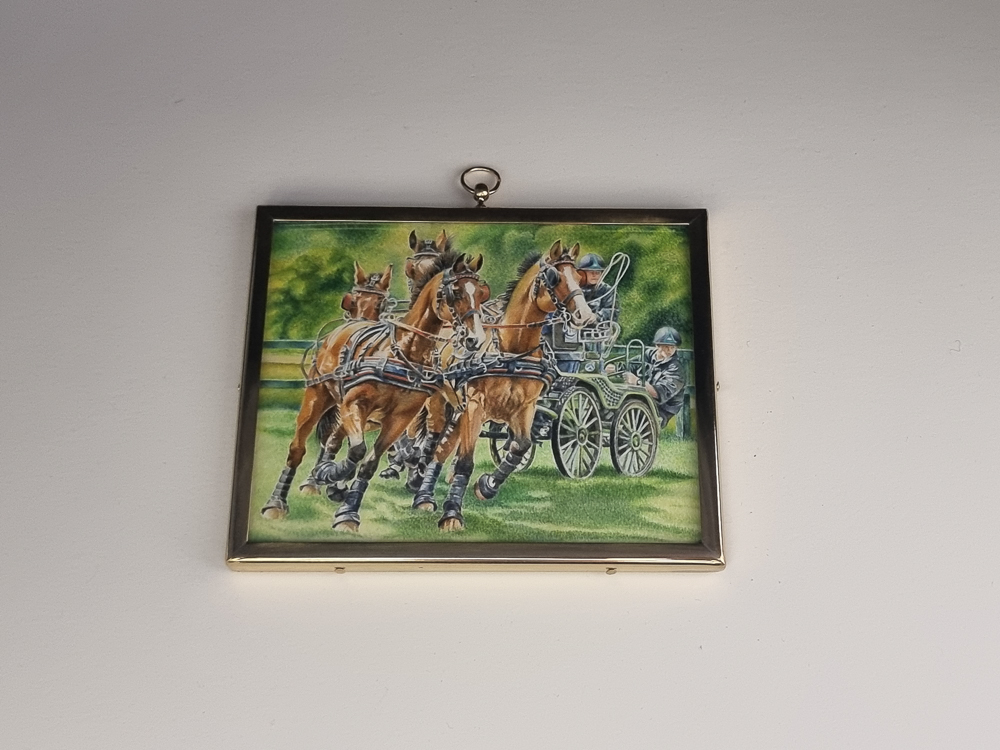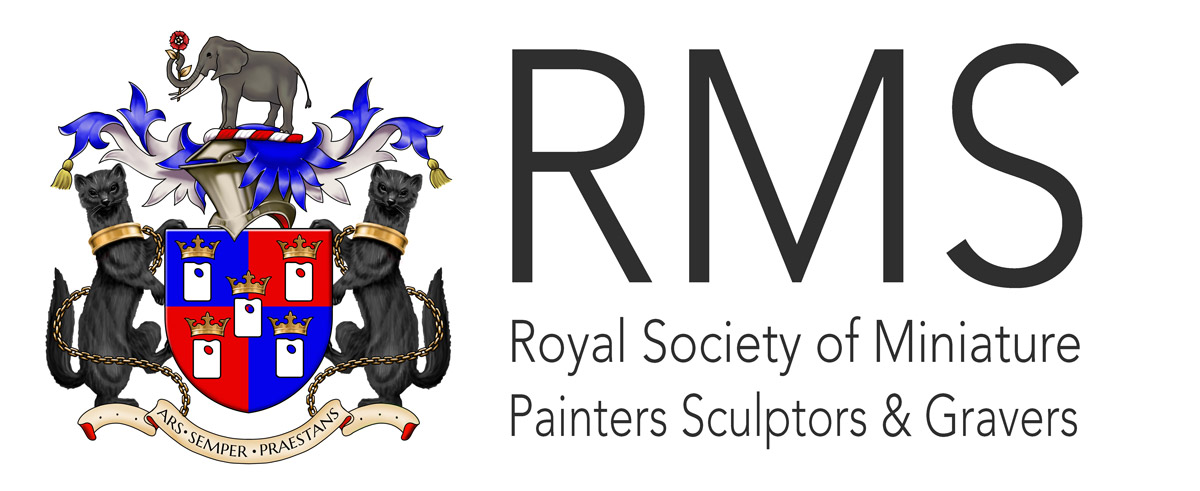Media
Acrylic – A fast-drying paint made of pigment suspended in acrylic polymer emulsion.
Gouache – An opaque type of Water-based paint consisting of natural pigment, water and a binding agent (usually Gum Arabic or Dextrin) – See Gum Arabic.
Oil Paint – Paint made of pigments suspended in an oil-based solution.
Pencil/Graphite/Plumbago – A crystalline form of the element carbon.
Watercolour – Paint made of pigments suspended in a water-based solution.
Gold Leaf – Solid gold beaten thinly to an almost transparent sheet. In varying shades and carats.
Gum Arabic – Acacia gum from the Acacia tree
Shell Gold – Gold leaf powder mixed with Gum Arabic (See Gum Arabic) to create a viscous medium
Bronze – An alloy consisting primarily of copper, commonly with about 12% tin
Palladium – A rare and lustrous warm silvery-white metal
Porcelain Paints – Dry pigments for porcelain painting heated to temperatures between 780°C and 1,250°C.
Sterling Silver – Precious white metal (92.5% > pure silver).
Stoneware – Made primarily from stoneware clay, is non-porous and can be glazed or unglazed.
Vitreous Enamel – A material made by fusing powdered glass to a substrate by firing, at 850°C. The powder melts, flows, and then hardens to a smooth, durable vitreous coating.
Wax – A specialist wax – usually encaustic wax can be modelled, carved or cast and can be used for a variety of art objects.
Surfaces
Paper – Arches, Hahnemuhle, Canson, Schoellershammer
Vellum – Prepared animal skin or “membrane” used as a material for writing or painting on.
Dura-Lar – A polyester film combining Mylar® and acetate. A highly versatile smooth film that will not tear, absorb moisture or discolour.
Ivorine – A celluloid product resembling ivory; white, smooth.
Polymin – A semi-transparent non-absorbent polymer similar to Dura-Lar and Ivorine.
Gesso – From the Latin: Gypsum. A white paint mixture consisting of a binder mixed with chalk, gypsum, pigment, or any combination of these. It is used in artwork as a base for paint and other materials that are applied over it.
Porcelain – A ceramic material made by heating materials, generally including kaolin, in a kiln to temperatures between 1,200 and 1,400 °C
Wood – Mahogany, Pear, Cherry, Apple, Box – all types of wood with an inherently tight grain and smooth surface


Techniques
Etching – The process of creating a design by using acid to cut into the unprotected part of a metal plate.
Engraving – The process of creating a design by using a burin or cutting tool to cut into a metal plate, often copper.
Onglaze Porcelain Painting – Decoration of glazed porcelain. Firing temperature 780 – 820°C
Underglaze Porcelain Painting – A method of decorating in which painted decoration is applied to the surface before it is covered with a transparent ceramic glaze and fired in a kiln with 1250°C.
Silver Point – Made by dragging a silver rod or wire across a surface, often prepared with gesso
Verre Églomisé – A French term referring to the application of gold leaf onto glass. A design is applied by various techniques, often reverse painting prior to gilding or by scoring the design into the gilded layer with the background applied last.
